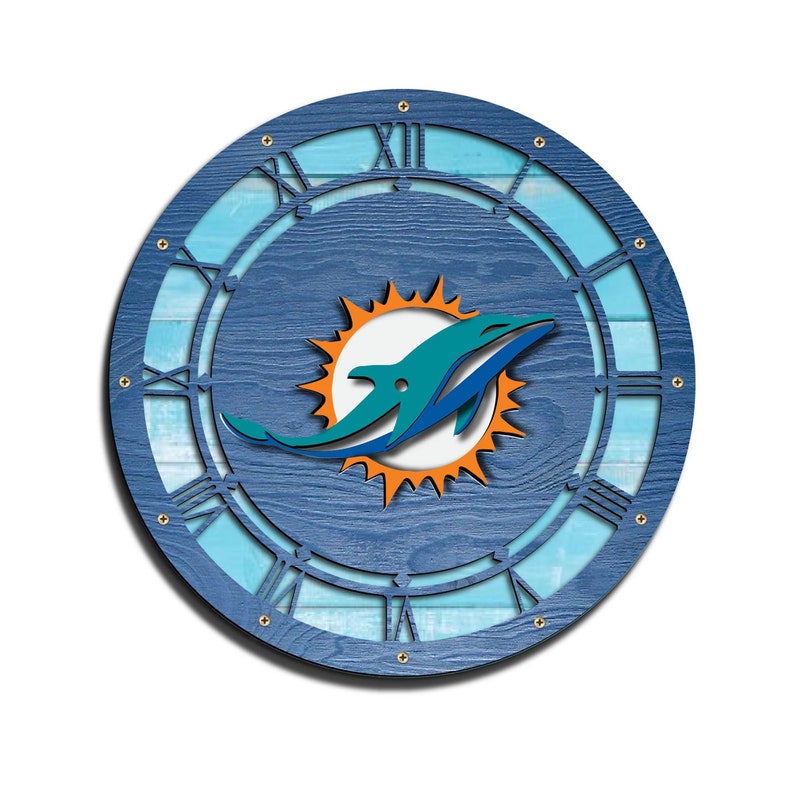

A third, suspected, UME was observed in Western Australian Indo-Pacific bottlenose dolphins during 2008–2009. In 2009, two UMEs were documented in Australia: a small event involving Indo-Pacific bottlenose dolphins, Tursiops aduncus, linked to dolphin morbillivirus (DMV) and presumed poxvirus infections in the Swan River, Western Australia, and an abnormally high number of humpback whale, Megaptera novaeangliae, mortalities along the Western Australian coast. Some events have been linked to biotoxins produced by harmful algal blooms and others to morbillivirus and naval activities, but for many the cause was not determined. The first documented UME dates to the early 1900s and most have occurred since about 1980. UMEs caused by biotoxins appear to be increasing during the last 40 years, although changing mammal abundance and inconsistent effort to report and investigate all events may make it more difficult to document true frequency and causal factors.

These events have been documented in cetaceans, pinnipeds and sirenians and can be multispecies in nature. We conclude that the cause for the UME was multifactorial and that CeMV was a major contributor.Īn unusual mortality event (UME) of marine mammals is defined in the United States Marine Mammal Act as ‘a stranding that is unexpected involves a significant die-off of any marine mammal population and demands immediate response’. The event coincided with elevated water temperatures, a diatom bloom and significant fish die-offs. Concurrent pathologies, including lung parasite and fungal infections, and severe cutaneous bruising were observed in many dolphins. All tested UME bottlenose dolphins were positive for cetacean morbillivirus (CeMV), and the pathology included interstitial pneumonia, lymphoid depletion and syncytia. Diagnostic testing for morbillivirus was conducted on 57 carcasses, with evidence for infection in all species during 2011–2013. The UME lasted about seven months and had two peaks, the first being the largest.

At least 50 dolphins died during the UME, 41 were Indo-Pacific bottlenose dolphins and most were young. Diagnostic pathology, circumstance of death, body condition, age and stomach contents were documented for Indo-Pacific bottlenose dolphins. Post-mortems were conducted on 58 carcasses (44 Indo-Pacific bottlenose dolphins, two common bottlenose dolphins, 12 short-beaked common dolphins) from South Australia during 2005–2013, including an unusual mortality event (UME) in St Vincent Gulf Bioregion (SVG) during 2013. Cases of morbillivirus have been recorded in the Southern Hemisphere but have not been linked to significant marine mammal mortality.


 0 kommentar(er)
0 kommentar(er)
